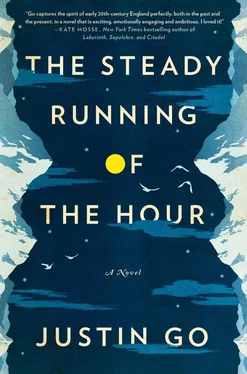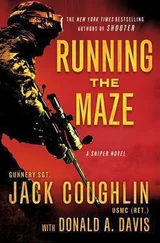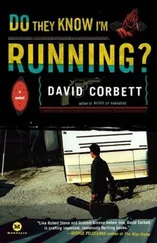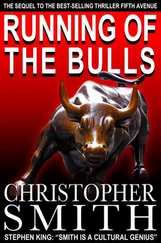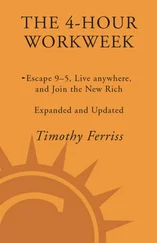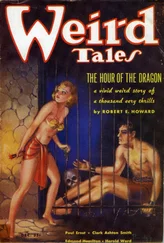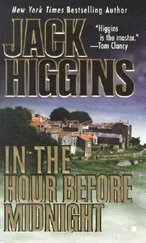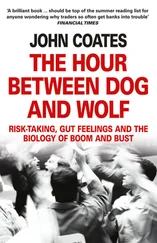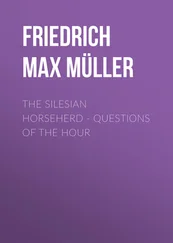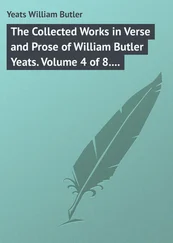— I got to thinking, he said, it wasn’t doing me any good sitting in the closet. It was supposed to be your graduation gift, but I was waiting until I got the ninety fixed, and I never got around to that. Maybe you should just take the fifty, it’s sharp and fast, and that’s less for you to haul around or lose. You know how to change the film?
— Yeah.
— You’ve gotta pull out the spool or the counter won’t reset—
— I know.
I fingered a dent along the camera’s baseplate.
— What happened here?
— It got dropped.
— You dropped it?
— I didn’t say that.
I smiled. — Well somebody must have dropped it.
— Somebody did. Right on the tarmac at Da Nang in ’69. I was younger than you then. Which makes this camera a hell of a lot older than you. Don’t lose it.
My father snapped the camera into the ever-ready case. He went through the canvas bag with me, removing the lenses I didn’t need, showing me the meter and spare film and lens tissue.
— I got you five rolls each of Tri-X and Velvia. I didn’t know if you shoot chromes—
My father paused. He squinted at me in the sunlight.
— You know something, Tris? It was good luck, that camera. You’ll take some good pictures in Europe. You always had the eye.
— I’ll try.
— One more thing. You were in a hell of a rush to leave. But you forgot to say when you’re coming back.
— I’m not sure. It depends whether—
My father grinned and shook his head.
— I’m just pulling your leg. Come back when you’re ready.
We shook hands. I walked inside the terminal trying to remember if we’d ever shaken hands before. The whole flight to England I kept the camera on my lap. There wasn’t even film in it.

In the days before I went to London I made a list of all the things I wanted to see in the city. By the time I got here there were thirty-two items. They were things I’d read about over the years: museums and palaces, but also pubs hundreds of years old; alleys with strange names, their passage so narrow that you could touch both sides as you walked; blue-plaqued townhouses once inhabited by spies or poets or prime ministers. On my first night in London I was too tired to see any of these things, and when I left the lawyers this afternoon it was too late to start my research. I’ll begin that tomorrow.
Instead I sit in Trafalgar Square among the statues and stone lions, among the tourists and the pigeons. I take the lens cap off my camera and point it at Nelson’s Column, but the pillar is too tall to fit in the frame. I watch the tourists to see if they’ll do anything interesting, but all they do is snap photos of one another. So I walk around the corner to the National Portrait Gallery, a museum full of oil paintings of dead Britons. It suits my mood.
I begin with the Tudors: Holbein portraits I’ve seen only in tiny reproductions in history books. But here are the real paintings, imposing pictures hung in gold frames in the lofty gallery. Sir Thomas More, the golden collar of his high office around his neck, a paper missive in hand; Catherine of Aragon, her portrait in a round silver miniature I could hide in my palm; the portly Thomas Cromwell, Earl of Essex, seated before a background of blue damask, his eyes sunken in a sinister gaze.
I walk on. Now the Elizabethans, ladies with snowy complexions and domed foreheads; noblemen with ruff collars that cartwheel to their shoulders. I imagine a whole line of these strangers stretching toward me, father and son, mother and daughter, only to end with me, sole survivor and heir apparent. And the fortune. I try to picture its shape. A line of zeros on foreign bank statements. An ancient gated house I’ve never seen before, room after room of dusty riches that belong to me and yet don’t belong to me. A life apart from anything I’ve ever known. It seems impossible.
The next gallery is the Stuarts. Portraits of the English Civil War: men with flowing hair, steel breastplates. I try to focus on the pictures, but my mind jumps between Prichard and Khan, between Walsingham and Soames-Andersson, a story I can put together until I need the piece that connects it to me. Then it all falls apart.
Beside the staircase there’s a wall map of the museum. I’m with the Georgians now. Then the Regency, the Victorians, and finally the Edwardians, many rooms away.
All that matters is the evidence. A sheet of paper that proves Imogen Soames-Andersson is my great-grandmother. Everything else is a distraction. I walk on, trying to repeat this in my mind, but every row of pictures in the gallery points to the same thing, a riddle whose question I can’t even name.
You’re the only one for me , my mother had said.

18 August 1916
Royal Geographical Society
Kensington, West London
Ashley sits beside Price toward the back of the lecture hall. The room is nearly full, only a few empty seats among the many rows of wooden chairs. Except for the gray-haired men almost everyone is in uniform. Two colonels, a smattering of captains and majors. Plenty of other lieutenants. A brigadier. Ashley holds the program in his hand.
ROYAL GEOGRAPHICAL SOCIETY
SEVENTH AFTERNOON MEETING, 18 AUGUST 1916
THE PRESIDENT IN THE CHAIR
PAPER: ‘A CONSIDERATION OF THE POSSIBILITY
OF ASCENDING THE LOFTIER HIMALAYA’
DR A. M. KELLAS
The society president steps to the podium and sets down his calfskin ledger. He fingers the edge of his white mustache, waiting for the audience to fall silent.
— Good afternoon. Before this afternoon’s speech, I have two brief announcements to make. The first is that the anniversary dinner and conversazione will not be held in the present year. The second is in regard to the society’s house. As you all know, a large part of the premises has been occupied by a special staff employed on the production of the map on the scale of one to one million—
Ashley stifles a yawn. He and Price are here as members of the Alpine Club, their first visit to the famous building on Kensington Gore. They both wear the uniforms of second lieutenants, but Price’s khaki is shabbier, for he has already been to the front with the Royal Garrison Artillery. Ashley is on a week of final leave before he crosses to France.
It was Price who had insisted on attending, claiming that to hear about Mount Everest was worth any number of visits to The Bing Boys Are Here . But Ashley had been indifferent. In three seasons in the Alps he had seen enough to know he would not exhaust those ranges in a lifetime. The Himalaya were an abstraction to him, pieces of geographic trivia in distant and unapproachable countries.
Then Price had shown him a photograph of Everest. That had changed everything. Everest was not a beautiful mountain, for she lacked proportion or airiness or symmetry, or any of the features that make peaks attractive. But what power she had. She was a brute, a colossal formation of rock and snow risen out of the tallest mountain range on earth, her broad-shouldered ridge running northeast and capped by a monumental summit pyramid. And she was an enigma. No European had ever reached Everest’s high approaches, and yet the Geographical Society was holding a lecture to consider whether the mountain could be climbed.
— It’s absurd, Ashley had said. The whole world’s at war, and they’re talking about climbing in the Himalaya?
— That’s precisely the point, Price said. It would take years to plan such an expedition. And piles of money. They’d be lucky to go within five years. And who do you imagine will be at the top of their form then?
Читать дальше
